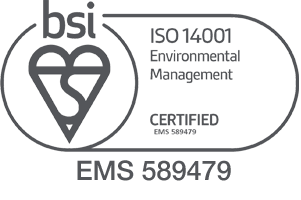


12/05/2021
What’s going wrong in this picture?
I am privileged to be invited to various drills relating to multiple casualty care. It’s always an interesting experience as I can be an outside pair of eyes asking simple questions like;
“why do we do that?"
“will that really work for real?"
And in this case – what’s going wrong in the picture below?
Drills are one of the key tools we have to ensure our preparation is correct for a real event. One of the pitfalls is we can fall into behaviour that may work on the drill but in reality would be suboptimal for an injured person and not withstand the reality of an actual event. So back to my thoughts on the below picture.
When I took this picture every casualty on a stretcher was evacuated on their back, but would this be the case in a real event? I think we need to accept at least some of the people injured badly enough to be on a stretcher would have an altered level of consciousness and hence their airway would be at risk.
If we're going to maximise the learning from a drill it’s important we practice the reality of what care an injured person will actually need on this initial evacuation. What would be the complexities of loading a proportion of casualties with compromised airways? If we practice a close as possible to reality we will understand what barriers and limitations this may produce, so come the real event we have a realistic grasp on what is actually required and our casualty care will be improved.
If we look at the picture again we can see all the resource is focused on extrication and no one is looking at the casualty, we can also see the neck is in flexion and again the airway could be compromised. Because no one is looking at the casualty this is going unnoticed.
I’ve always looked at a stretcher being another form of an ambulance. When we're in an ambulance we have a driver and a carer at least. We would never think of leaving an injured person with no care or observation in the back. In this picture we are focused on getting from A to B and care of our casualty has been forgotten. It will be OK on drill, but if we don’t consider the consequences during training it may lead to suboptimal care in the real event with fatal consequences.
There are other issues, transporting head first, is this best option, does stretcher design automatically put the neck in flexion ?
So what is wrong with this picture? I believe the big issue is the total focus on moving from A to B with the complete loss of casualty care and observation. Drills are for learning and we can learn a lot from this picture. A future picture could have the casualty loaded on their side with on dedicated rescurer always having eyes on the casualty.
As always I would welcome your thoughts and encourage health debate.








